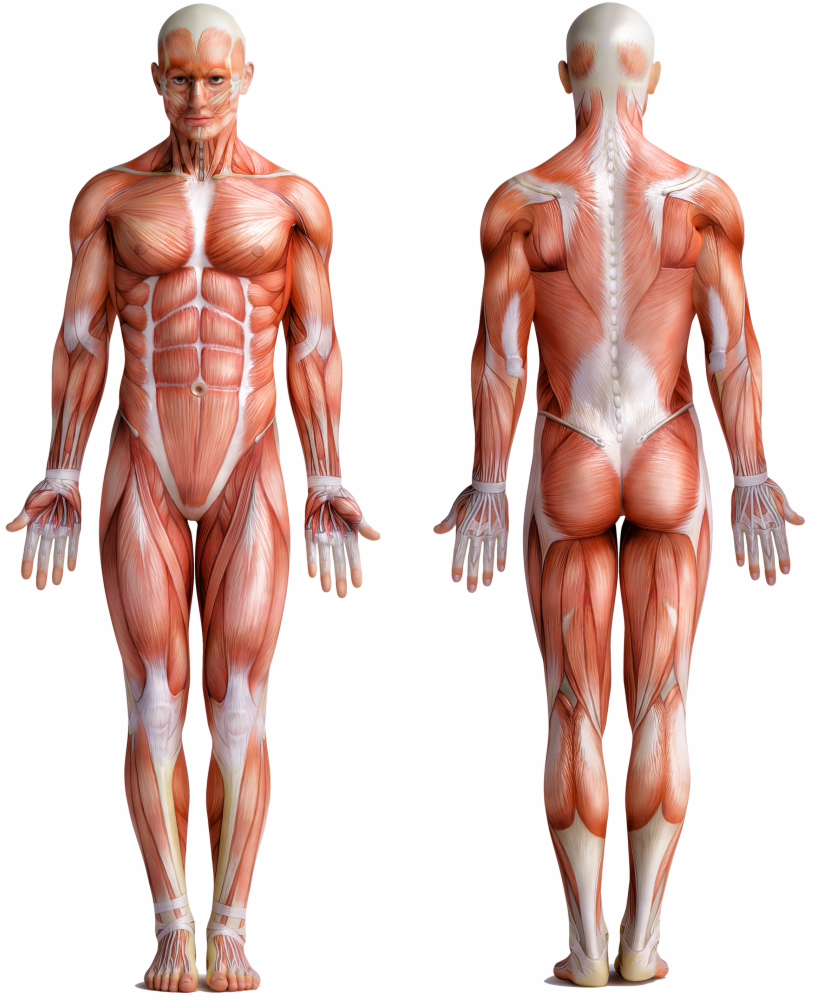-

-
About Us
- Our Vision
-
Personalized Care
Personalized Care Personalized Care Intro
Diagnostic Tests
- Digital X-Ray
- DynaROM
- 3D Body Scanning
- Gastrointentinal Health
- Organic Acids
- Comprehensive Stool Analysis
- Food Sensitivity
- Dietary Antigen Complete
- Endocrinology
- Thyroid Panel
- DUTCH Hormone Test
- Neurotransmitter Profile
- Adrenal Profile
- Nutritional Status
- Vitamin D
- Homocysteine
- Methylmalonic Acid
- Urine Iodine
- Organic Acids
- Copper Zinc Profile
- Essential Fatty Acid Profile
- RBC Metals & Minerals
- Toxic & Essential Elements
- RBC Elements
- Urine Toxic Metals
- Hair Metals & Minerals
- Urine Halides
Treatments
- Avacen Therapy
- Bioidentical Hormone Replacement Therapy (Anti-Aging)
- Chiropractic Care
- Electric Muscle & Nerve Stimulation
- Emsculpt Neo
- Emsella Treatment
- Erchonia Laser (Model EVRL)
- Exosomes
- Hair Restoration
- Headache & Migraine Treatment
- Hyaluronic Acid Injection
- Intersegmental Traction
- IV Nutrient Therapy
- Laser Lipo
- Massage Traction Chair
- PRP Facials
- PRP for Erectile Dysfunction
- PRP for Female Sexual Dysfunction
- PRP for Pain Relief
- PRP for Urinary Incontinence
- Semaglutide
- Shockwave Therapy for Cellulite & Skin Tightening
- Shockwave Therapy for Pain Relief
- Shockwave Therapy for Female Sexual Dysfunction
- Shockwave Therapy for Male Sexual Dysfunction
- Skin Rejuvenation
- Spinal Decompression
- TENS Unit
- Testosterone Replacement Therapy (TRT)
- Therapeutic Ultrasound
- Thyroid Care
- Trigger Point Therapy
- Durable Medical Equipment
- Ankle-foot Orthosis
- Cervical Rehab Coller
- Custom Foot Orthotics
- Lumbosacral Orthosis
- Osteoarthritis Knee Brace
- Wrist Brace
- FAQs
- Testimonials
- Pain Relief
- Weight Loss
-
Sexual Wellness
-
Anti-Aging
-
Resources
- Blog
- Video Library
- Store
-
Health Condition Library
Health Condition Library
- Ankle Osteoarthritis
- Bulging Spinal Disc
- Carpal Tunnel
- Cervical Degenerative Disc Disease
- Cervical Radiculopathy
- Elbow Bursitis
- Erectile Dysfunction
- Fatigue
- Female Hormone Imbalance
- Female Sexual Dysfunction
- Fibromyalgia
- Foot Arthritis
- Frozen Shoulder
- Golfer’s Elbow
- Hand Arthritis
- Headache
- Hip Bursitis
- Hip Osteoarthritis
- Hyperthyroidism
- Hypothyroidism
- Knee Bursitis
- Knee Osteoarthritis
- Low Testosterone
- Lumbar Degenerative Disc Disease
- Migraines
- Musculoskeletal Pain
- Obesity
- Osteoarthritis
- Plantar Fasciitis
- Plantar Fibroma
- Rotator Cuff Injury
- Sciatica Pain
- Shoulder Bursitis
- Shoulder Osteoarthritis
- Tennis Elbow
- Thoracic Degenerative Disc Disease
- Urinary Incontinence
- Weight Gain
- Wrist Arthritis
- Wrist Bursitis
- Contact
Understanding Rotator Cuff Injury
Definition and Alternate Names: The rotator cuff is a group of muscles and tendons surrounding the shoulder join. The rotator cuff aids to stabilize and move the shoulder. When these muscles and tendons become damaged or torn, it leads to a rotator cuff injury. This condition is also known as rotator cuff tear or rotator cuff tendinitis.
Introduction:
Rotator cuff injury is a common condition that affects the shoulder joint and can cause significant pain and discomfort. It is also referred to as rotator cuff tear or rotator cuff tendinitis. In this comprehensive guide, we will explore the various aspects of rotator cuff injury, including its definition, alternate names, symptoms, causes, and multiple treatment options.
Symptoms:
Symptoms of a rotator cuff injury can differ greatly depending on the severity of the injury. Common symptoms include pain in the shoulder, especially when lifting or rotating the arm, weakness in the affected arm, difficulty in reaching or lifting objects, and a clicking or popping sensation in the shoulder joint.
Causes:
Rotator cuff injuries can occur due to innumerable reasons. The most common cause is repetitive overhead arm movements, such as those performed in sports like tennis or baseball. Aging and degeneration of the tendons can also contribute to the development of a rotator cuff injury. Additionally, trauma or a sudden fall on an outstretched arm can lead to a tear in the rotator cuff.
Treatment Options:
The treatment options for rotator cuff injuries depend on the severity of the injury and the individual’s specific circumstances. Non-surgical treatments may include rest, physical therapy, pain medication, and the use of ice or heat packs. In more severe cases, surgical intervention may be necessary to repair the torn tendons or muscles. Surgical options include arthroscopic surgery or open surgery, depending on the extent of the injury.
Conclusion:
Rotator cuff injuries can significantly impact a person’s daily life and mobility. Understanding the causes, symptoms, and treatment options for this condition is crucial for effective management and recovery. By following the guidance of medical professionals and implementing appropriate treatment strategies, individuals with rotator cuff injuries can regain strength and function in their shoulder joint.









